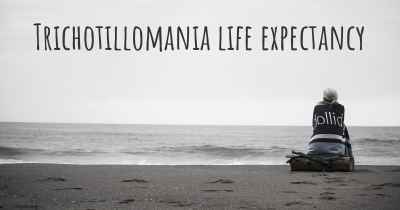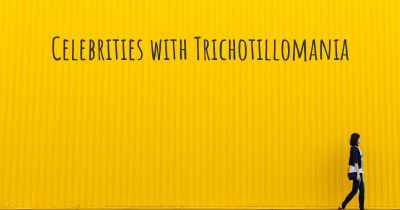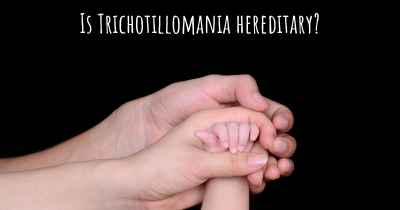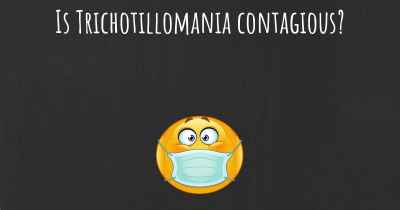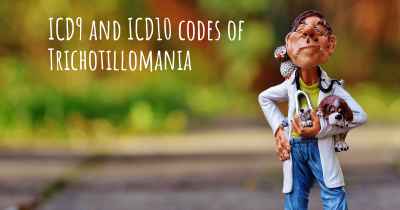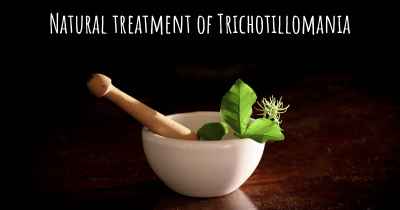4
How is Trichotillomania diagnosed?
See how Trichotillomania is diagnosed. Which specialists are essential to meet, what tests are needed and other useful information for the diagnosis of Trichotillomania
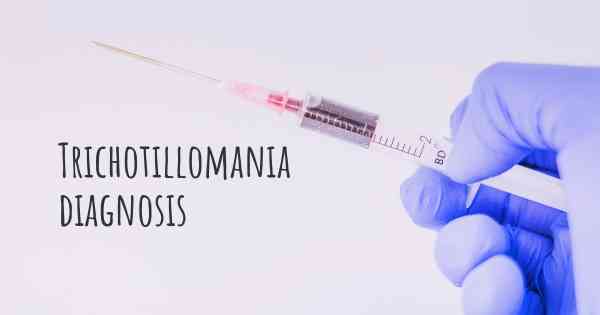
Personally, my experience was very different from all those I have read for 7 years. I went with several doctors and psychologists since 2003, none could tell me what I had. In my country, there are no people trained in this subject. So I grew up with a lot of insecurity and lack of information, until 2010, I introduced my symptoms on the server and found answers. I learned names and support groups, therapies and even subscriptions with important information. The specialist who helped me is a psychiatrist. My advice is: first go to a psychologist and then with a psychiatrist, so they can work together. Brain chemical examination.
Posted May 21, 2017 by Ksantamariar 600
It can be self diagnosed or diagnosed but a doctor.
Posted Aug 10, 2017 by Katlyn 1400
I first went to my doctor which diagnosed me with trich, she then forwarded me to a cbt (cognitive behavioural therapist) no tests are needed the doctor will be able to look at your hair or the body part you pull from and be able to tell.
Posted Aug 10, 2017 by Lucyeleanor2601 2620
Many people self-diagnose or have parents do so. Doctors can confirm this. Basically, if you pull your hair out irrationally and repetitively, you probably have trich.
Posted Aug 10, 2017 by Shirley 2150
Trich is self diagnosable. It is a compulsion to pull out a specific hair by tactile sensation, regardless of location. Usually an afflicted person will rub at a hair that feels "out of place" and eventually pull it out. This is a frequent compulsion that creates bald spots or even total hair loss
Posted Aug 10, 2017 by Ellen 2161
Trichotillomania just means hair pulling. It is easy enough to self-diagnose, but for a medical professional's diagnosis, that is typically handled by mental health professionals such as therapists and psychologists. They can also help determine the best course of action depending on any given individual's trichotillomania, so it is best to seek one out if you're really struggling. There aren't any actual tests for this diagnosis.
Posted Aug 11, 2017 by Sari 2050
The person who pulls usually seeks out an answer as to why they are puling out their own hair; internet searches or the like. In very young children, a Dr. may diagnose. Many physicians *and* psychiatrists in my person history were not educated on it.
Posted Aug 11, 2017 by Theresa 970
It's quite a unique condition, so if you speak to your GP or with someone who suffers from similar symptoms, the likelihood is Trich will be one of the first things mentioned.
Posted Aug 12, 2017 by Catswithtatts 1650
When I was talking to psychiatrists, they didn't even know what to call what I described. Some people get professionally diagnosed, others are self diagnosed. If you have trich, you know it and others with it will not shun you for not getting the official "Dr. Approved" diagnosis. At least that's been my experience.
Posted Sep 10, 2017 by Cynthia 1502
I don’t believe there is testing. It’s hair pulling- pretty straightforward.
Posted Oct 18, 2017 by Tiffany 400
If you pull strands of hair from anywhere on your body you may have Trichotillomania. A doctor or psychologist/psychiatrist can diagnose for certain.Trichotillomania(TTM)Awareness and other Facebook groups were created to help encourage others suffering the same.
Posted Oct 19, 2017 by Felicia@Face2FaceSpa 2000
A lot of folks don't get diagnosed. But you can go to your family doctor for diagnosis, or any type of doctor in mental health.
Posted Oct 20, 2017 by bennersk 2190
Diagnostic criteria (DSM-5)
The American Psychiatric Association’s Diagnostic and Statistical Manual of Mental Disorders, Fifth Edition (DSM-5), places trichotillomania in the category of obsessive-compulsive and related disorders and notes that it is characterized by recurrent body-focused repetitive behavior (hair pulling) and repeated attempts to decrease or stop the behavior. The behavior can occur during both relaxed and stressful times, but there is often a mounting sense of tension before hair pulling occurs or when attempts are made to resist the behavior.
The specific DSM-5 criteria for trichotillomania (hair-pulling disorder) are as follows [8] :
Recurrent pulling out of one’s hair, resulting in hair loss
Repeated attempts to decrease or stop the hair-pulling behavior
The hair pulling causes clinically significant distress or impairment in social, occupational, or other important areas of functioning
The hair pulling or hair loss cannot be attributed to another medical condition (eg, a dermatologic condition)
The hair pulling cannot be better explained by the symptoms of another mental disorder (eg, attempts to improve a perceived defect or flaw in appearance, such as may be observed in body dysmorphic disorder)
The American Psychiatric Association’s Diagnostic and Statistical Manual of Mental Disorders, Fifth Edition (DSM-5), places trichotillomania in the category of obsessive-compulsive and related disorders and notes that it is characterized by recurrent body-focused repetitive behavior (hair pulling) and repeated attempts to decrease or stop the behavior. The behavior can occur during both relaxed and stressful times, but there is often a mounting sense of tension before hair pulling occurs or when attempts are made to resist the behavior.
The specific DSM-5 criteria for trichotillomania (hair-pulling disorder) are as follows [8] :
Recurrent pulling out of one’s hair, resulting in hair loss
Repeated attempts to decrease or stop the hair-pulling behavior
The hair pulling causes clinically significant distress or impairment in social, occupational, or other important areas of functioning
The hair pulling or hair loss cannot be attributed to another medical condition (eg, a dermatologic condition)
The hair pulling cannot be better explained by the symptoms of another mental disorder (eg, attempts to improve a perceived defect or flaw in appearance, such as may be observed in body dysmorphic disorder)
Posted Jan 27, 2018 by Vee 2770
